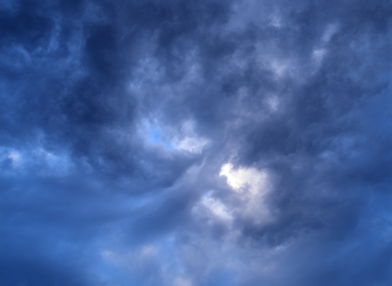 |
Camargue, 2014
Another album of France photos, this time from the Camargue, a coastal region to the east of Montpellier that has a very unique personality. They grow rice there, the famous Camargue red rice, and they make salt. They have their own breed of horse that is distinctly different from other horses. Much of the Camargue is wetlands; its marshy and there are lots of waterbirds – notably, flamingoes. It's a very special place that we visited several times.
As usual, see my wife's blog, Keewi's Adventures, for details like restaurant names, GPS coordinates, etc. Most of the photos here are contrast-balanced, a couple have had their saturation boosted to match my memory of the scene, and I have Photoshopped a few to remove annoying people or cables.
|
|
 |
| Château des Baux |
Château des Baux is a castle in the village of Les Baux-de-Provence. It might not technically be in the Camargue; I'm not sure what the boundaries of the Camargue are considered to be. But we visited it on our way to the Camargue, so here it is. The castle is a tourist destination, but is pretty nice considering that – although we were followed the whole time by a group of Italian high school students singing pop songs, so there is that. We start here in the town (first three photos) and climb to the castle.
One of the neat things about the Château des Baux is that they have various medieval machines of war scattered across the grounds; in the fifth photo you see a trebuchet, the largest offensive siege weapon, capable of throwing stones of up to 140 kg for a distance of 200 m. The trebuchet pictured here is the largest one in France!
And if you're wondering about the etymology of "trebuchet" (you know you are), it comes from the Occitan "trebuca", meaning "that which brings trouble". One still sees signs in Occitan in the south of France today; indeed, the word "Languedoc" in "Languedoc-Rousillon", the name of the region that Montpellier is in, means literally "langue d'oc", the language of "oc" – the language in which people say "oc" to mean "yes". And "oc" comes from the Latin "hoc", meaning "this"; so people in the Languedoc would say "this" – in Latin – when they agreed with something. Which is funny, because it has become fashionable in the last couple of years to post things online with "this" to indicate strong agreement. But I digress.
|
|
 |
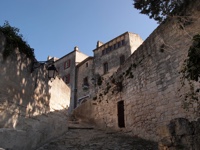
|
 |
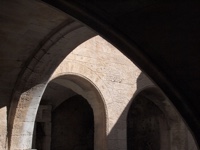
|
 |
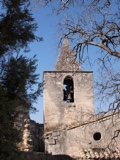
|
 |
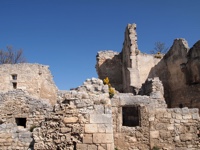
|
 |

|
 |
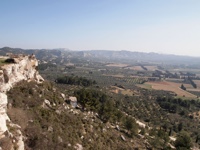
|
 |
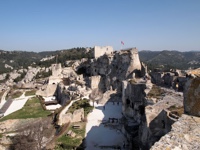
|
 |
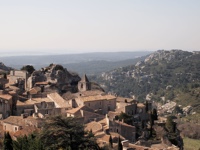
|
 |

|
 |
| Saint-Rémy and Glanum |
|
The first three photos are in the vicinity of Saint-Rémy, a village that is famous for being the home of Van Gogh for many years, while he was in a mental institution there. He used to wander around the local area painting, and many of his most famous paintings are from this immediate area. There is now a "Van Gogh trail" that you can follow to see many of the sites that he painted. Compare the first photo, for example, to his painting "Les oliviers" (http://www.lemondedesarts.com/images/VanGogh22.jpg). I think if I had swung the camera a few degrees to the left I would have actually captured the painting's exact frame! |
|
 |
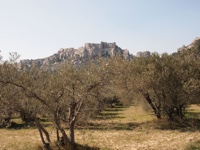
|
 |
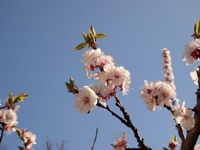
|
 |
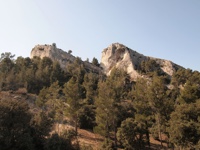
|
 |
|
The rest of the photos in this section are from an archaeological site called Glanum. It was founded in the 6th century B.C., and the fifth photo shows the sacred spring around which the town was built. The spring was sacred to the god "Glan" after which the village was named. The Romans arrived in the 1st century B.C. and built their own temples, baths, and a forum. It was really interesting, very much worth visiting if you're in the area. |
|
 |
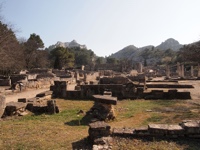
|
 |
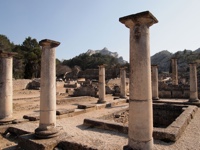
|
 |

|
 |
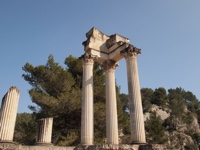
|
 |
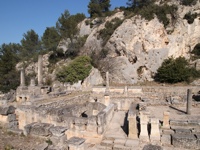
|
 |
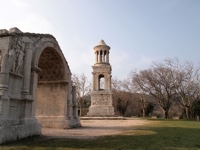
|
 |
| Arles |
|
Now we are in Arles, which is definitely in the Camargue. It's a nice city with a pretty central square. Many of the photos here are from the Cloître St-Trophime, in the center of Arles. |
|
 |
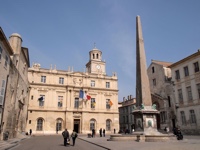
|
 |
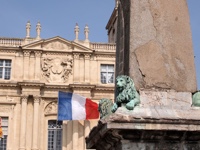
|
 |

|
 |
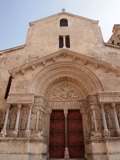
|
 |

|
 |
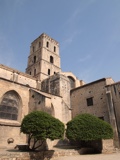
|
 |
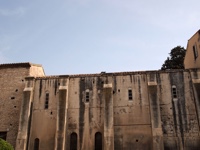
|
 |
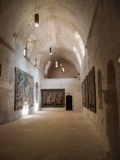
|
 |
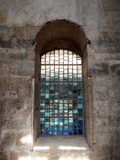
|
 |
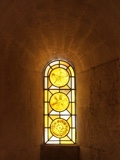
|
 |
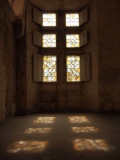
|
 |

|
 |
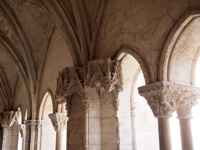
|
 |
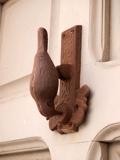
|
 |
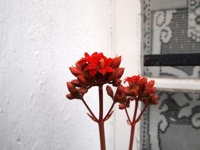
|
 |
|
These three photos are from a short hike we did just outside of Arles, along the track of an old Roman aqueduct. In the second photo we are actually standing on top of the track of the aqueduct, where it was carved through a small rock outcrop; you can see the aqueduct stretching away into the distance. |
|
 |
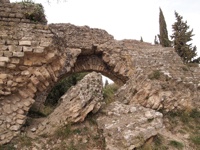
|
 |
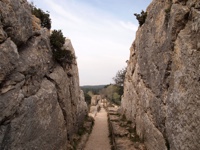
|
 |
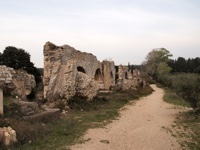
|
 |
| Abbaye de Montmajour |
|
The Abbaye de Montmajour is a large Benedictine abbey about five kilometers north of Arles. Parts of it date back to the 11th century, some are as recent as the 17th century. The graves that you can see cut into the rock in the second photo date to the 11th to 14th centuries. It was very interesting, with a large underground crypt, beautiful carved stone, and lots of structures still standing. One of the better such sites we visited in France, and we spent longer than we expected there. |
|
 |

|
 |
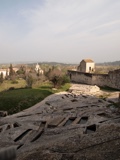
|
 |
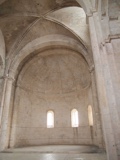
|
 |
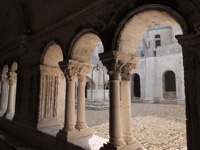
|
 |
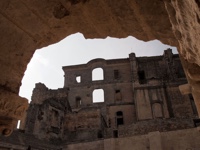
|
 |
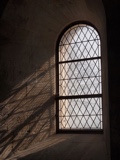
|
 |
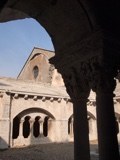
|
 |
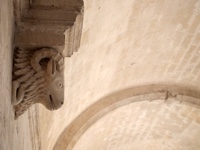
|
 |
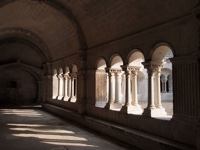
|
 |

|
 |

|
 |

|
 |
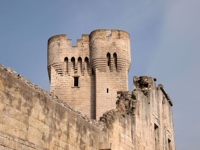
|
 |

|
 |
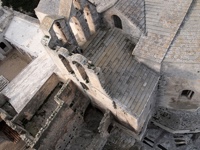
|
 |
|
Now we're back on the road again, driving further into the Camargue. The first photo was taken just down the road from the Abbaye de Montmajour; maybe it is part of the abbey. The second photo shows a Camargue horse; if you go to the full-size image you might be able to see that its jaw is shorter than that of a "normal" horse. Starting in the third photo we are in Saintes-Maries-de-la-Mer, a little beach town that we stopped in briefly. |
|
 |
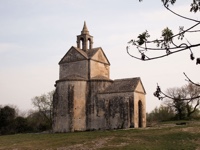
|
 |
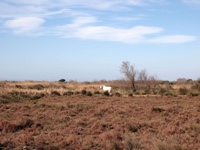
|
 |

|
 |

|
 |

|
 |
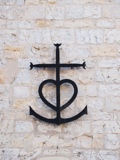
|
 |
| Aigues-Mortes |
And now we are in Aigues-Mortes. Aigues-Mortes is a fortified city just off the ocean, in the marshes of the Camargue. Its name means "dead water", a reference to the stagnant water that surrounds it. It occupies a somewhat strategic position, and so was important at various times in history. Nowadays it is a tourist destination because of its pretty stone walls and its good restaurants serving Camargue food and wine, and they make salt just outside the city. In the twelfth photo here you can see the salt piles out near the horizon. It has a very odd-looking round tower with an off-center turret that can be seen from all over in the city. Photo eight, I think, makes a very strong case that France ought to give everybody cable and rip out all the old TV antennas; they are a plague on these otherwise beautiful medieval towns.
The photos in this section and the next are a mix from two different dates, 14 March 2014 and 12 April 2014; friends visited and we took them to the Camargue! |
|
 |
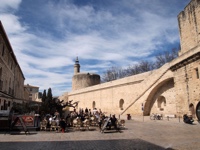
|
 |
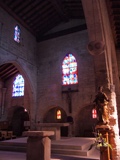
|
 |
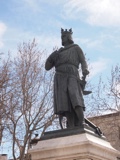
|
 |

|
 |

|
 |
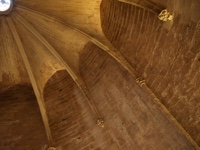
|
 |
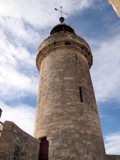
|
 |
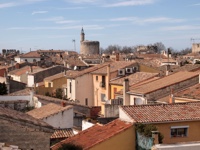
|
 |

|
 |
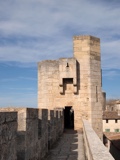
|
 |
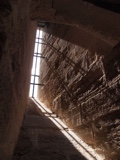
|
 |
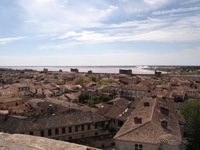
|
 |
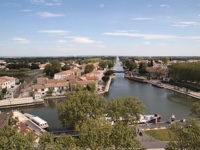
|
 |
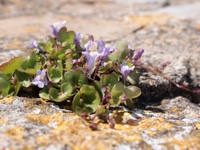
|
 |
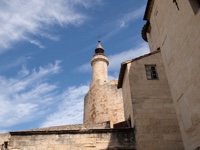
|
 |
| Parc ornithologique de Pont-de-Gau |
|
These last photos are from the Parc ornithologique de Pont-de-Gau, a bird sanctuary in the Camargue. This is a really neat spot; they have a broad network of trails through the marshes where you can observe flamingoes (which occur naturally in the Camargue, as I understand it), as well as storks, egrets, and lots of other birds. The flamingoes within the sanctuary do get fed, so it is not a completely natural set-up. But they are not enclosed, and they fly in and out as they see fit. Very nifty. |
|
 |
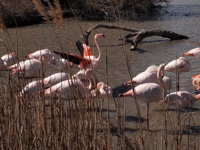
|
 |
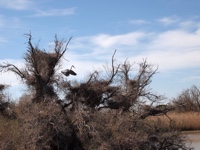
|
 |
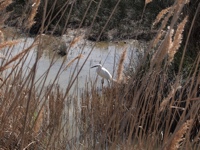
|
 |

|
 |
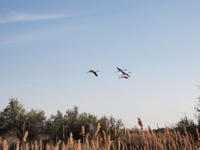
|
 |

|
 |
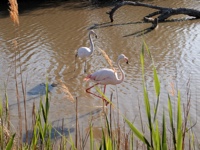
|
 |
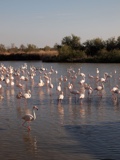
|
 |

|
 |
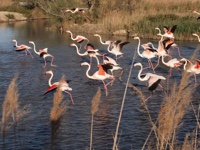
|
 |
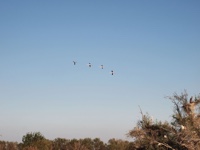
|
 |

|
|
 |
